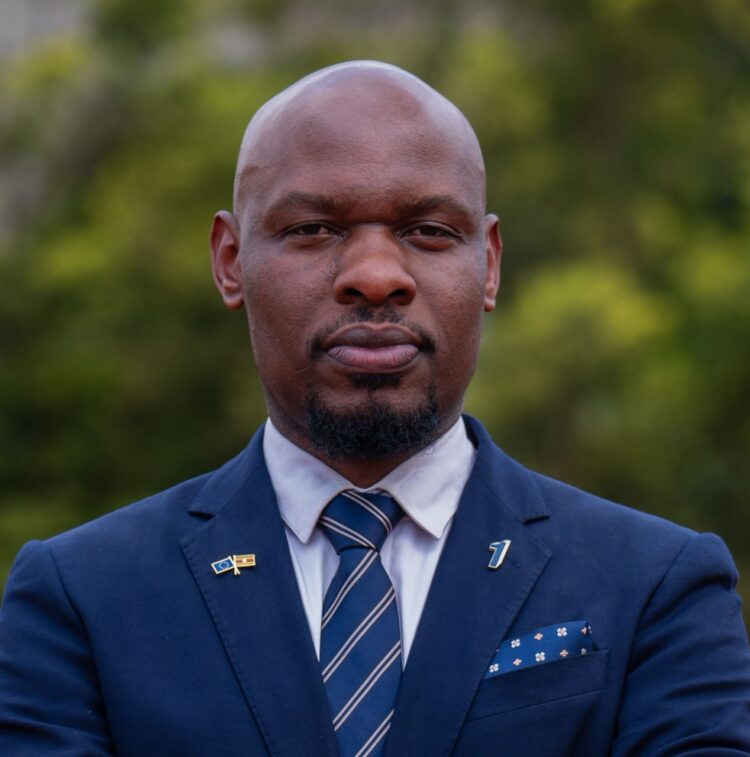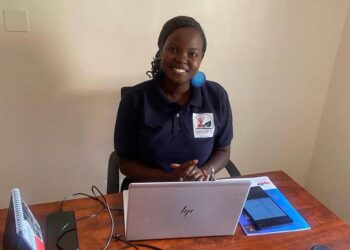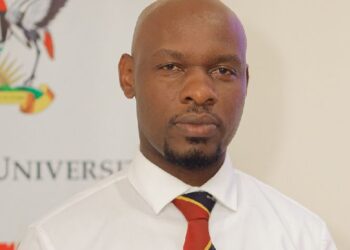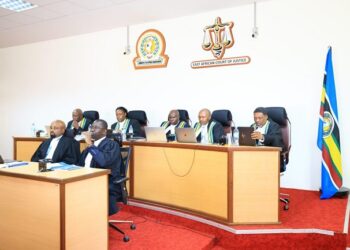OPINION
As we join the rest of the world in commemorating the World children’s day, my mind is still traumatised by the demise of Peter Kirwana, a child who drowned to death at St. Mary’s college Kisubi in Wakiso District.
Amid a cocktail of activities for World Children’s day with thrilling poems, essays, music and dance, my mind in the middle of blissful entertainment was blown to the passing of a SMACK boy Peter Kirwana in a school swimming pool.
Sadly, even with such continuous unprecedented loss of lives to date governments and development partners still criminally underrate drowning prevention has an urgent concern in public health intentions and including it in health blocks of the health sector.
Lest we forget; drowning is the process of experiencing respiratory impairment due to submersion or immersion in a liquid, typically water, leading to difficulty breathing and potential death.
According to WHO report 2024 “its estimated that over 300,000 people died due to drowning and most death at 92% occurring in low- and middle-income countries” like Uganda, Rwanda, Mozambique, Tanzania, Kenya and Malawi.
In Uganda the statistics from the recent study by Makerere University school of public health state “about 3,000 people die annually making it 9 cases per day with children between 5 to 25 years being the most vulnerable.

Drowning Cases like that of Kirwana in swimming pools remind me of my own nephew who died in similar circumstances;
I remember one fateful Friday mid-morning my nephew Frank Kayondo aged 9 years sneaked from home to play, only to find out a few hours later that he got stuck in a muddy pond with water, and vertically submerged to the bottom and drowned to death.
The unrecorded death of my nephew among others are just to the statistic happening in unsafe swimming areas like lakes, swamps, rivers, ponds and even floods.
For instance, a few days ago Ssali Hinda Jaiden, a Boy aged 3 years drowned in a water pit as parents were attending a SACCO meeting in Luuka District Busoga sub-region.
In 2024, a child aged 10 years was washed away by floods in Bwaise – a city suburb in Kampala, and beyond boarders’ children aged between one to eleven years drowned in Kachule dam in Mangochi district in Malawi.
In May 2020, then Ugandan water minister Ronald Kibule lost his beloved twins in a home swimming pool, unfortunately such cases are happening each and every single day in many parts of the world.
The incidents of Kirwana a SMACK student, Kibule’s twins and Sali Hinda Jaiden, among others leave permanent trauma, some survivors live with permanent brain injuries and neurological issues among others.
Drowning is now the 4th leading cause of death among children of 1 to 4 years (24%) after lower respiratory infections in number one, malaria in number two and diarrheal in number two while still the 3rd among children aged 5 to 14 years (19%) and 12th among 15 to 29 years according to WHO.
The death of former minister Ronald Kibule’s twins was largely attributed to lack of supervision while the Smack case was due to delayed rescue.
Others causes of drowning include lack of low life jackets use in communities, floods, absence of basic swimming skills, parental negligence, community awareness about the dangers of unsafe swimming, unprotected water sources and standby rescuers around swimming places.
‘Dear parents, teachers, political leaders, media and communities as we celebrate the Universal children’s special day, it’s our indictment to protect our youngest members of the human family from avoidable tragedies like drowning’.
For starters, the cardinal duty is upon parents and guardians to always ensure maximum supervision of children whenever they are around water. This will prevent similar tragedies like that of Ssali Hinda Jaiden in Busoga Region.
Local Governments, civil societies, community based organisations and philanthropists can as well extend swimming lessons and skills to children, teachers and guardians to prevent the surging drowning death rate.
Local administrations and partners can install barriers as essential to controlling access to unsafe swimming water sources like ponds, swamps, lakes and rivers to ensure children safety and protection from drowning.
Provision of safe spaces away from water for pre school children as an additional to child care and protection from disasters. Training community stewards in safe rescue and resuscitation through introduction of community swim programs at the grass root.
Since most cases of drowning happen in lake districts, setting and enforcing of safe boating, shipping and ferry regulations is equally important to drowning prevention.
Additionally, responsible government institutions through community led efforts can install weather tools detecting conditions that could lead to floods is crucial to improving flood risks and water led disasters. However, all mentioned can be not guaranteed unless civil societies, media and occupational health and safety experts create enough awareness.
The world children’s day is a stark reminder for everyone to promote international togetherness and awareness against drowning to reduce on 3000 plus annual deaths in Uganda and global 300,000 cases, especially across the low- and middle-income earning countries.
Anyone can drown, but not the youngest members of our human family should drown anymore.
By Robert Kigongo,
The writer is a children rights advocate and a sustainable development analyst. Email: robertinez07@aol.com








































